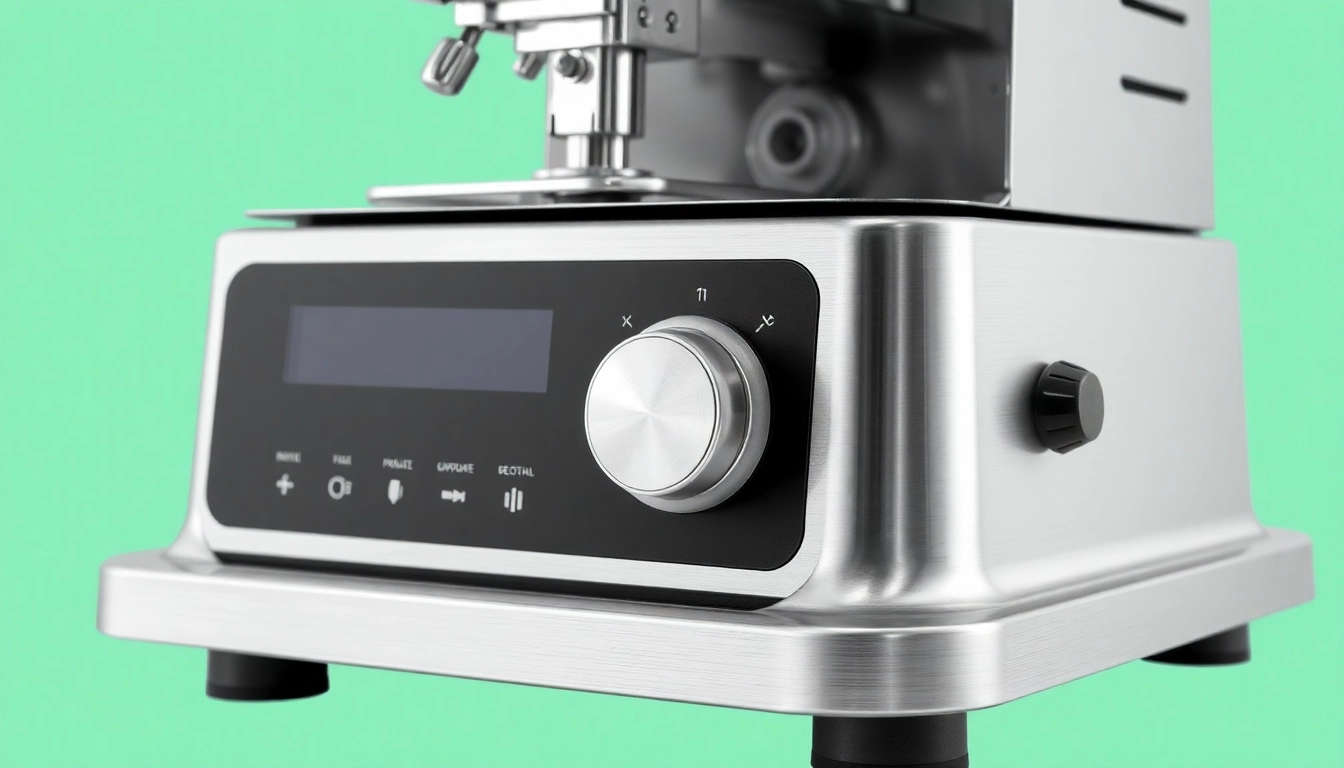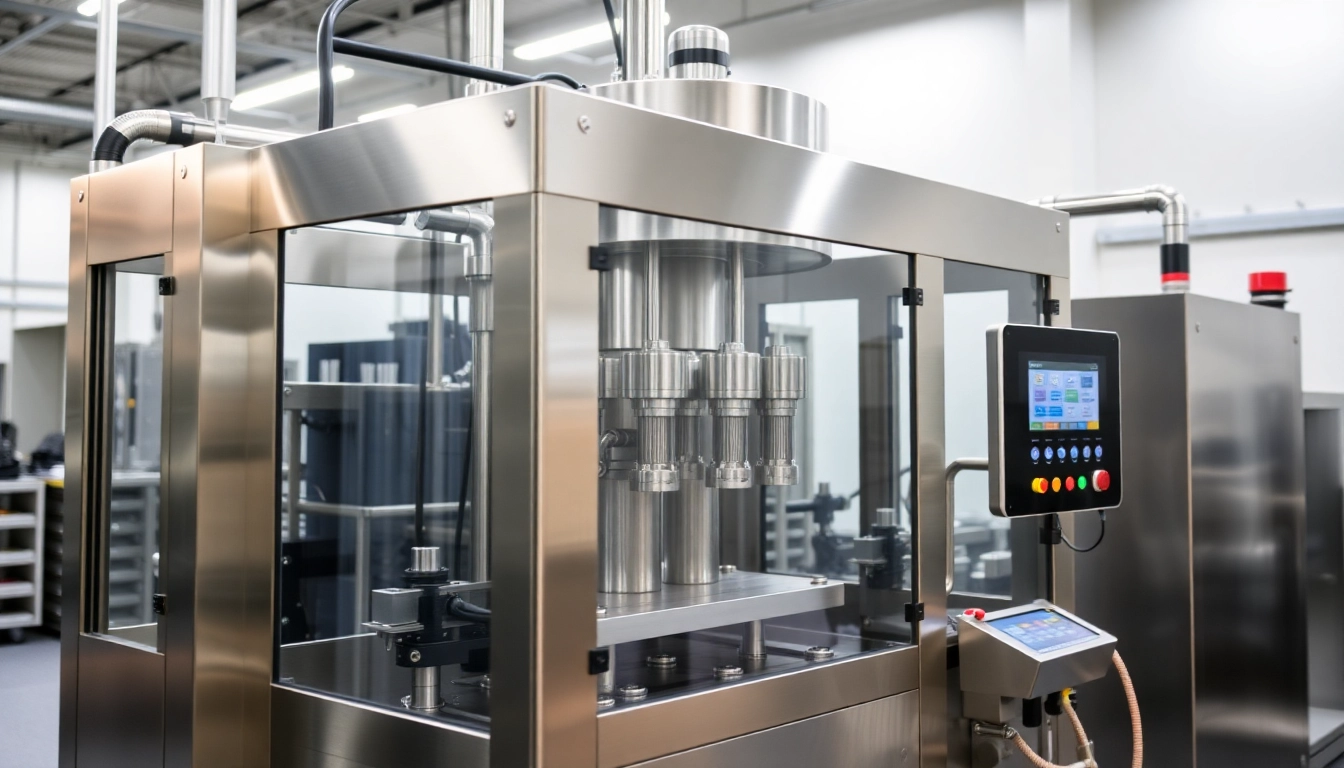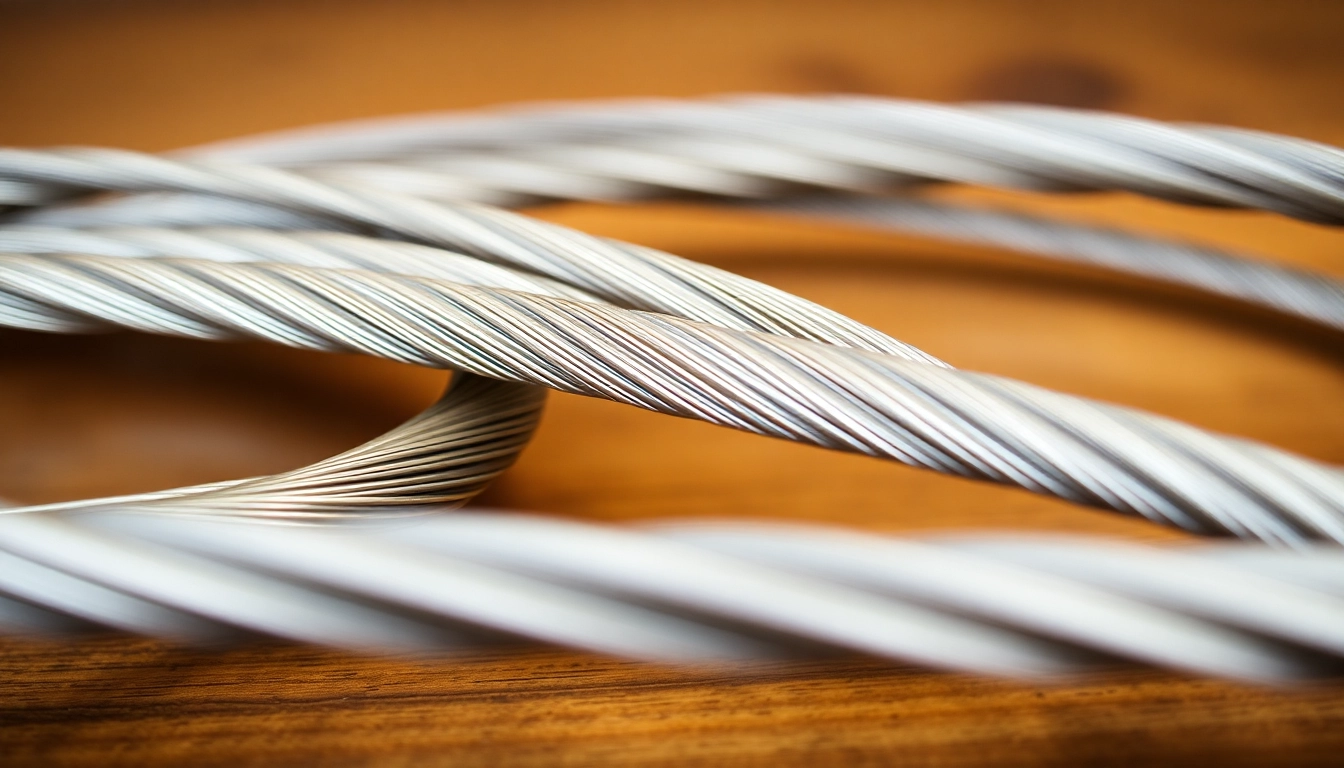Introduction to Filling Machines
In modern manufacturing and packaging industries, efficiency and accuracy are paramount, and this is where filling machines come into play. These machines are designed to automate the process of filling containers with liquids, powders, or granulated products, significantly reducing manual labor while enhancing productivity and consistency. As industries evolve, the technology behind filling machines also advances, providing innovative solutions that cater to the unique needs of various sectors, including food and beverage, cosmetics, pharmaceuticals, and chemicals.
What is a Filling Machine?
A filling machine is a piece of equipment used to fill containers—such as bottles, jars, or pouches—with a precise volume of product. Depending on the type, these machines can handle a wide range of materials, including liquids (water, oil, juice), semi-solids (creams, gels), and powders (sugar, flour). The key function of any filling machine is to ensure that the appropriate quantity of product is contained in each package, which is crucial for quality control and consumer satisfaction.
Types of Filling Machines
Filling machines can be categorized based on their operational method, automation level, and the type of product they handle. Here are some common types:
- Volumetric Filling Machines: These machines dispense a specific volume of liquid using measurement techniques like time, weight, or piston stroke.
- Pneumatic Filling Machines: Often used for thick or viscous liquids, these machines use air pressure to fill containers.
- Gravity Filling Machines: Ideal for liquids that can flow freely, these machines rely on gravity to transfer product into containers.
- Auger Filling Machines: Suitable for powders and granular products, these machines utilize an auger screw to control the amount of product conveyed into the container.
- Automatic and Semi-Automatic Machines: Automatic machines perform the entire filling process without human intervention, while semi-automatic machines still require some manual operation.
Benefits of Using Filling Machines
The integration of filling machines in production processes offers numerous advantages, including:
- Increased Efficiency: Filling machines significantly speed up the filling process compared to manual methods, allowing companies to produce larger batches in a shorter amount of time.
- Enhanced Precision: Automated filling ensures consistent quantities are filled, reducing waste and improving overall product quality.
- Cost-Effectiveness: While the initial investment in a filling machine may be considerable, companies can save on labor costs and increase output, leading to a favorable return on investment.
- Improved Safety: By automating the filling process, companies can mitigate risks associated with manual handling, such as spills or accidents.
- Customization: Many filling machines can be customized to meet specific production needs, accommodating different container sizes, shapes, and filling materials.
How Filling Machines Work
The operation of a filling machine can be broken down into several key processes that ensure accuracy and efficiency. Understanding these processes is vital for production optimization.
Accurate Filling Process
Accurate filling is critical in maintaining product integrity and customer trust. Most filling machines incorporate measurement mechanisms that can include:
- Flow Meters: Used in liquid filling, these devices measure the volume of the liquid as it passes through the system.
- Weight Scales: Applied in both liquid and powder filling; these scales check the weight of the filled containers to verify accuracy.
- Piston Systems: For thicker products, pistons help control the flow and amount filled based on the stroke length.
Automation in Filling
Filling machines vary in their levels of automation. Fully automated systems can perform multiple operations like capping and labeling in addition to filling. Semi-automated systems require human oversight but still use machinery to enhance efficiency. Automation technology includes:
- Programmable Logic Controllers (PLCs): Allow operators to set parameters and monitor machine functions through a user-friendly interface.
- Sensors and Cameras: Used for quality control, ensuring that each container is filled correctly and that labeling is properly aligned.
Quality Control in Filling
Quality control is paramount in filling operations. It typically involves multiple checkpoints throughout the filling process to confirm that the product meets all specifications:
- Visual Inspection: Employees may inspect filled containers for defects or inconsistencies.
- Automated Feedback Systems: Advanced machines integrate feedback mechanisms that halt operations if anomalies are detected, addressing issues immediately.
- Sampling: Regular sampling of filled products for tests can ensure long-term consistency and quality in output.
Selecting the Right Filling Machine
Choosing the appropriate filling machine can greatly influence the productivity and efficiency of your operation. It’s essential to consider several factors during selection.
Considerations of Size and Capacity
Your choice of filling machine must align with your production volumes and the size of the containers you intend to fill. Key points to evaluate include:
- Production Volume: Determine your expected output, whether it’s small-scale boutique production or large-scale industrial needs.
- Container Size: Ensure that the machine can accommodate the range of containers you use, both in terms of size and shape.
Important Features in Filling Machines
When assessing different models, consider the following features that may suit your needs:
- Adjustable Fill Head: This allows for different container sizes to be filled without requiring significant machine adjustments.
- Easy Cleaning: For industries dealing with consumables, machines that can be easily disassembled and cleaned are essential for compliance with health standards.
- Versatility: Machines that can fill various types of products (liquids, powders, granules) can provide greater operational flexibility.
- Energy Efficiency: Eco-friendly machines that minimize energy usage can help reduce operational costs over time.
Cost and Investment
Investing in a filling machine is a significant decision that requires careful consideration of costs, including:
- Initial Purchase Price: The most apparent expense; prices can vary widely based on the machine’s capabilities.
- Maintenance Expenses: Regular maintenance is necessary for longevity and performance, and this should factor into your total cost of ownership.
- Operational Costs: Assess energy, labor, and material costs to evaluate overall savings from increased efficiency.
Maintenance of Filling Machines
As with any machinery, regular maintenance of filling machines is vital to ensure optimal performance and longevity. A proactive approach can prevent frequent breakdowns and costly repairs.
The Importance of Routine Maintenance
Routine maintenance should be part of every operation’s protocol. Regular checks can help identify wear and tear before it becomes a critical issue, ensuring continued operation without costly downtimes.
Common Issue Analysis
Understanding common issues can prepare operators to handle situations effectively:
- Blockage: Regular checks of supply lines and nozzles can prevent clogs that may interrupt production.
- Calibration Errors: Machines should be recalibrated periodically to ensure accuracy of filling.
- Wear and Tear: Rotating parts should be monitored for signs of wear, with replacements done when necessary.
Tips for Extending Machine Lifespan
Consider these practices to prolong the lifespan of your filling machines:
- Regular Cleaning: Keep machines clean to prevent the buildup of harmful residues.
- Monitor Performance: Regularly review performance metrics to spot deviations that may indicate need for repairs.
- Training Operators: Ensure that all machine operators are well-trained in both operation and maintenance protocols.
Emerging Trends in Filling Technology
The world of filling machines is rapidly evolving, with new innovations designed to enhance efficiency and meet the changing demands of industries.
Innovations in Design and Function
Recent advancements in filling machine technologies include:
- Smart Technology: Integration of IoT devices allows for remote operation and monitoring, providing real-time data on performance and issues.
- Sustainable Designs: Manufacturers are focusing on eco-friendly materials and practices that reduce environmental impact.
- Robotic Automation: The rise of robotic systems in filling lines is enhancing efficiency, particularly in high-volume production environments.
Challenges Within the Filling Industry
Despite advancements, several challenges persist in the filling industry, including:
- Regulatory Compliance: Adhering to strict health and safety regulations can complicate operations, especially in food and pharmaceutical industries.
- Market Volatility: Fluctuations in demand can make it difficult to predict production needs, impacting inventory management.
Future Predictions for Filling Machines
Looking ahead, we can expect a continued emphasis on:
- Customization: More machines capable of adapting quickly to different products and container shapes/sizes.
- Data Analytics: Using data to analyze production lines for continuous improvement and predictive maintenance.
- Enhanced User Interfaces: Simplified controls that enable even non-technical staff to operate filling machines efficiently.



